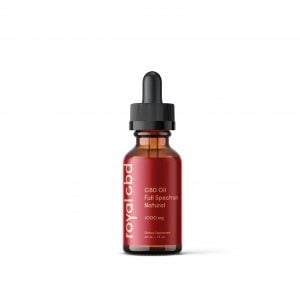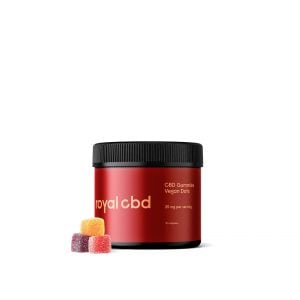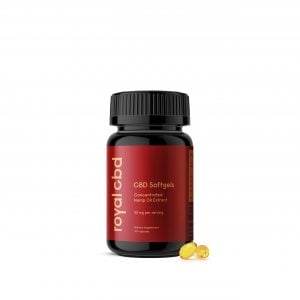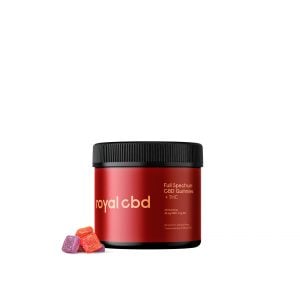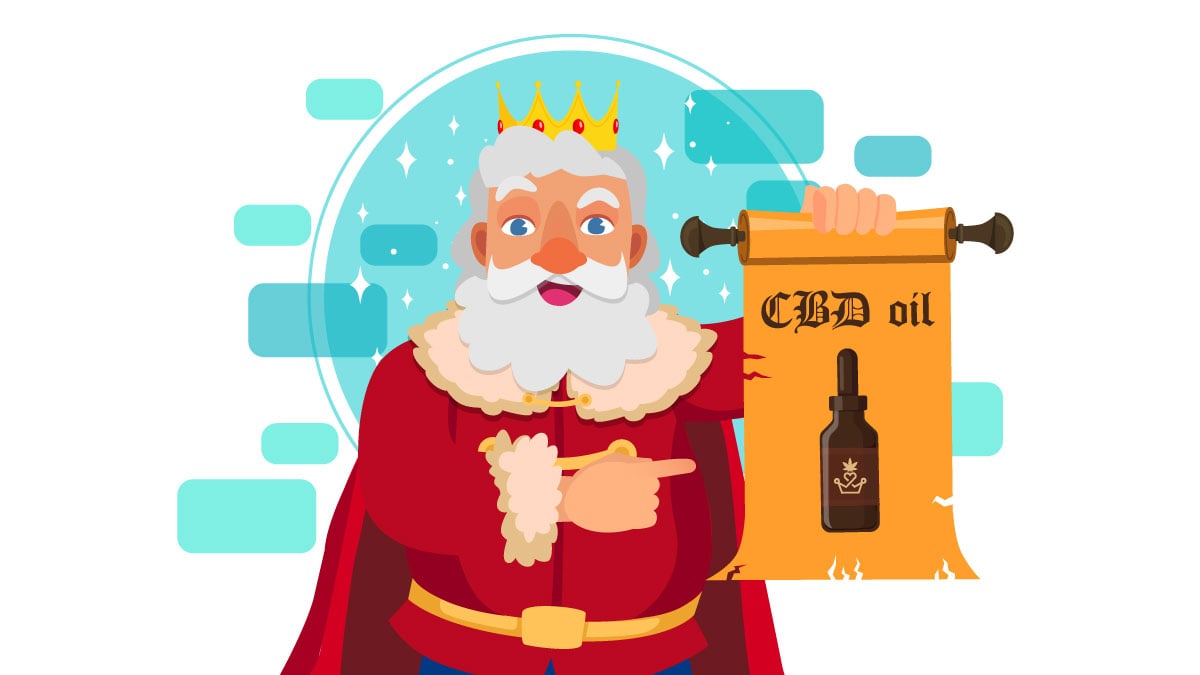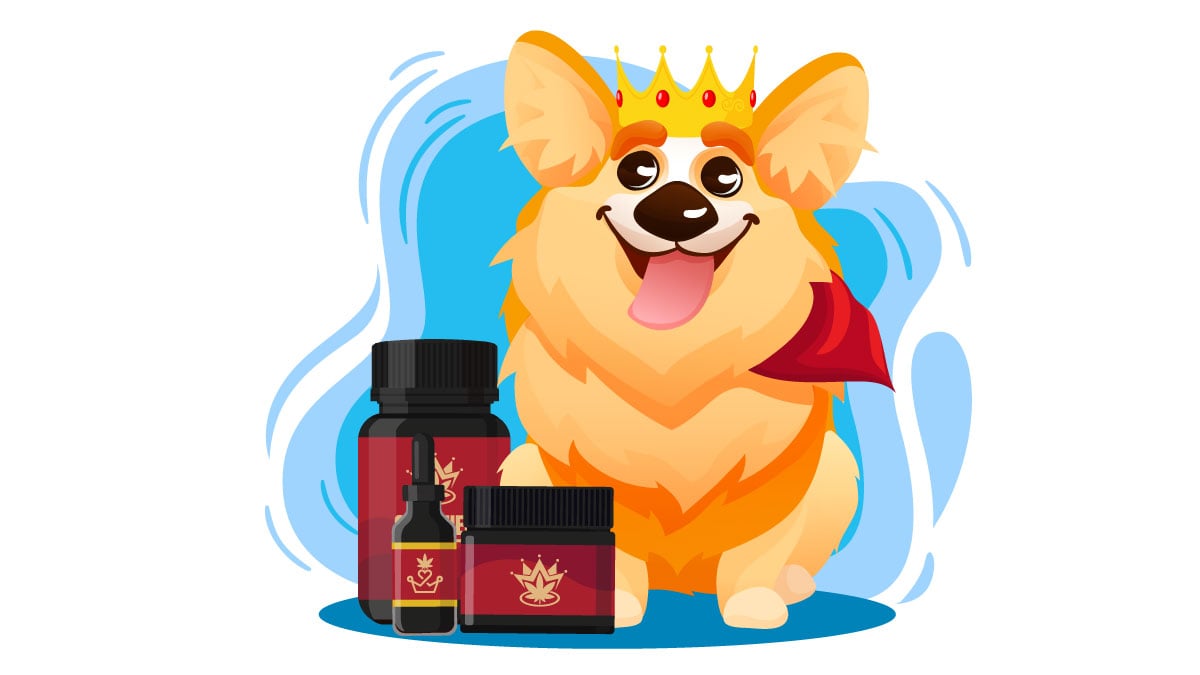Anybody who’s hopped on the idea of including CBD into their daily life will wonder how to take CBD oil.
You may have questions about the best CBD product for your needs. After all, CBD is available in a plethora of forms, including oil, tinctures, edibles, capsules, topical products, concentrates, vapes, and even CBD for pets.
Long story short, the best way to take CBD oil will depend on your desired route of administration, your time frame for taking CBD, and — of course — the dosage.
In this article, we’ll explore the ins and outs of taking CBD oil, running down through different types of products, and some smart tips to enhance their absorption.
How to Take CBD Oil: Finding the Right Product for Yourself
Each consumption method delivers CBD to your system in a different way, affecting its range of use and how often you’ll need to take it for consistent results.
Moreover, everybody responds to CBD differently, so there’s no one-size-fits-all dosage.
You also need to consider some other factors, such as your goals with CBD, your lifestyle, weight, physical activity level, and age to name a few.
Before we move further, let’s answer one essential question: what do you expect from CBD oil?
Decide on Your Goals
CBD operates on more than 65 molecular pathways throughout the body, hence its impressive array of health benefits. If you focus on just one or two properties of CBD, you’ll be able to easily figure out the best product and dosage.
So, why do you want to take CBD oil?
Do you want to support emotional stability?
Do you have a lot of pain and want to see if life can be easier with CBD?
Or are you just curious about its benefits as part of your daily routine?
For many people, the answer to how they want to take CBD oil comes with time as they monitor their progress. You can keep a CBD journal where you will assess your current experience. This baseline record should help you judge the efficacy of your CBD product.
How Do You Want to Administer the CBD?
Most of the time, figuring out the location of CBD’s target will be easy. CBD has adaptogenic properties, which means it focuses on where it’s needed the most. However, you can use different routes of administration to make this molecule even more effective.
If you want CBD to travel through your bloodstream to reach its target (e.g. brain, gut, immune system), vaporizers and oral products like CBD oil or edibles are the best for this purpose.
Otherwise, when your target is located anywhere to your skin, you could try a localized product like CBD cream or roll-on gel. When applied this way, CBD will travel to cannabinoid receptors beneath the skin, modulating their activity and regulating inflammation, pain, and post-workout recovery.
When Do You Want to Take CBD Oil?
If you’re wondering when to take CBD, think about your lifestyle. Do you need a fast-acting product that takes a bit more time to measure out the dose? Or are you aiming at something with a slower onset but longer duration of effects and a steady concentration?
Some methods deliver a fast, sharp peak of CBD, while others cause it to release gradually. If you’re looking for short-term relief with almost immediate effects, then inhaled products like vape pens will be the best for you. On the other hand, if you want to maintain steady levels of CBD throughout the day, we suggest that you pick an oral product (e.g. capsules or gummies).
CBD oil provides a balance between the above formats, hence its popularity. It absorbs through sublingual membranes under the tongue, so while it doesn’t deliver such swift effects as vape liquid, it can reach its target within 15-30 minutes after consumption.
Many people find a combination of different delivery methods the most effective. For example, people with pain often take CBD oil alongside a topical supplement. Those struggling with anxiety and sleep usually combine CBD oil with edibles to clear their head in the morning and promote healthy sleep in the evening.
Ways to Take CBD
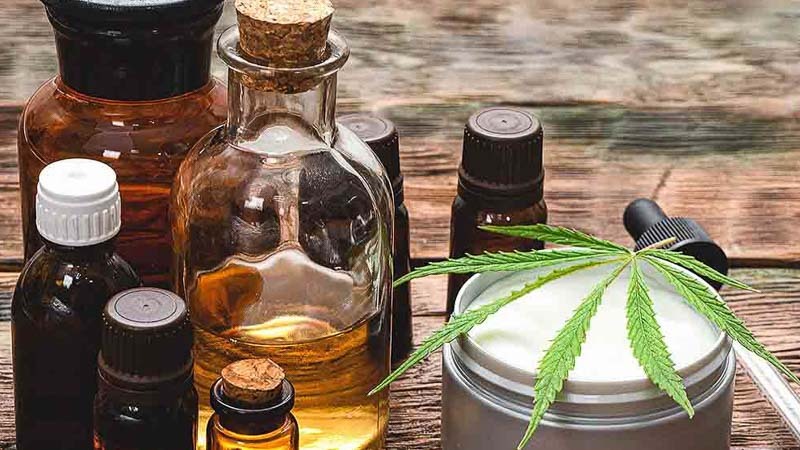
This section will cover the most popular forms of CBD, from how they work to optimal time-frame and important considerations.
How to Take Sublingual CBD (CBD Oil)
When you take CBD under the tongue, it passes through sublingual membranes in the mouth, reaching the bloodstream faster than oral products. That’s because CBD doesn’t need to be absorbed through the digestive tract. They also offer higher bioavailability than edibles and capsules — around 15%.
The calming effects of CBD oil are usually noticeable up to 30 minutes after ingestion, with peak bloodstream levels reported between 1–5 hours. This form is CBD is best to take for long-term supplementation.
To maximize the efficacy of CBD oil, we recommend that you consume it on a full stomach. CBD is fat-soluble, so consuming a healthy dose of fats along with your daily servings can increase the bioavailability of the swallowed oil 5-fold. Royal CBD oil is suspended in premium-grade MCT oil for improved absorption and the added benefits of essential omega fatty acids, vitamins, and minerals.
It’s important to increase surface contact when you keep CBD oil in your mouth. During this time, swish the oil vigorously around your mouth and even between the teeth — this will cause the CBD to reach more capillaries.
How to Take Oral CBD (capsules and gummies)
Oral forms of CBD offer the slowest route for CBD to reach its targets, but also provides the longest-lasting effects of all consumption methods. Peak bloodstream levels of oral CBD are reported between 1–6 hours.
Both CBD capsules and CBD gummies contain a premeasured dose of CBD, which makes dosing easier than with CBD oil or vapes. If your goal is to maintain consistent concentrations of CBD in your system, edible products are your best bet.
Similar to CBD oil, the absorption rate of oral CBD increases when you take it on a full stomach (up to 3 times).
Taking CBD capsules and gummies entails the highest risk of interactions with substances metabolized by cytochrome p450. This system is responsible for processing the active ingredients in drugs. CBD is a known inhibitor of cytochrome p450, so it can impair your body’s ability to effectively use those ingredients. Always make sure to consult your doctor before you start to take CBD; a qualified physician will help you establish the best dosage and time-frame for your supplementation to avoid such interactions.
Last but not least, everything that sits in your mouth at least for a while can be absorbed directly into your bloodstream. For example, when you eat CBD gummies, it’s good to chew them for about 30 seconds before swallowing.
How to Take Topical CBD (creams and gels)
Topical CBD doesn’t reach the bloodstream unless a transdermal product is used; instead, it diffuses across your skin, reaching local targets like muscles, immune cells, and nerves that send pain signals to the brain.
There is no best time to take topical CBD. Our CBD warming salve or icy menthol roll-on gel can be applied as needed because their goal is to fight localized discomfort. The effects usually take several minutes up to an hour to take hold, depending on the target.
Topicals offer a great solution for on-the-spot problems, but for long-term health benefits, people often pair Royal CBD creams with oral or sublingual products.
How to Inhale CBD (Vaporization)
CBD vape is a broad category of products, including vape pens, concentrates, and CBD-rich cannabis strains.
Inhalation offers the fastest route for the CBD to interact with your endocannabinoid system, avoiding first-pass metabolism in the digestive system. However, it also offers the shortest duration, with peak bloodstream levels within 10 minutes and dissipating within 2 hours after consumption.
The bioavailability of vaporized CBD may vary depending on the inhalation techniques. Based on studies, inhaled cannabinoids show anywhere between 2–56% of bioavailability based on how you pull them into your lungs. If this is your first time using a vaporizer, try sucking the vapor for the first half of your inhalation into your mouth, then push it by taking a deep breath into your lungs — similarly to how you would enjoy a breath of fresh air. On exhale, do it partially until you see vapor — then inhale it once again into the lungs and exhale again.
Not only does vaping CBD take a big learning curve, but it also requires you to invest in the equipment. Cheap, disposable vape pens are usually made with low-quality materials such as plastic; they often include ingredients like propylene glycol, so if you want to have a quality vape with ceramic or titanium heating elements (and a cleaner vapor), look for more expensive units and liquids.
Finding Your Dose: How Much CBD Oil Should You Take?
No two people are the same, which is particularly true when it comes to finding an effective dose of CBD. How well a given method will work for you varies between people and is influenced by many factors, so dosing is a very individual process.
It’s always recommended to start at the low end to make sure you react well to the product’s ingredients. Try a few drops of a sublingual formulation or a tiny puff from your vaporizer. This is usually below the recommended serving size listed on the product.
Then, wait for the CBD levels to reach their peak and give the compound some time to leave your system. Assess the effects before trying a slightly higher dose. Wait at least an hour for vape pens and 6 hours or more for sublingual and oral products. You don’t have to wait as much, but any effects you feel later will be the cumulative result of the two doses.
CBD may need more time to interact with your endocannabinoid system and produce satisfying results. If you reach the recommended serving size, and it doesn’t help immediately, give yourself a week to monitor your progress; should nothing happen over that period, increase the dose and wait for another week to reevaluate the effects.
How to Enhance Absorption When You Take CBD Oil?
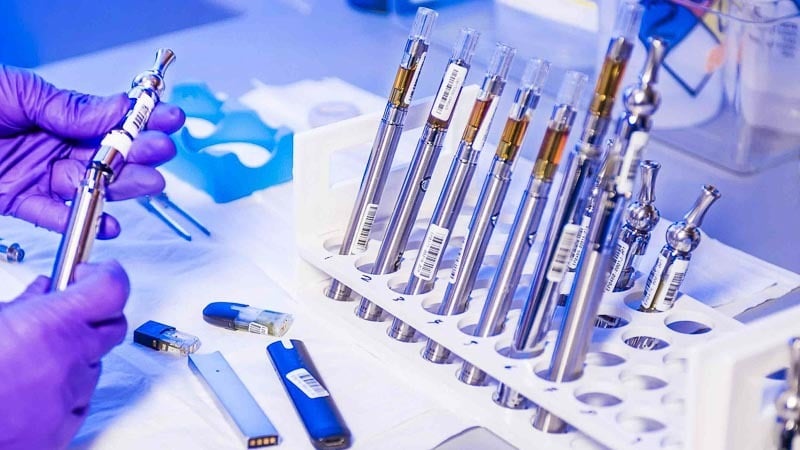
Even if you know your recommended dose of CBD, that figure only tells you about the maximum amount that could enter your body. Some of that CBD will never pass into your bloodstream to reach its targets.
As mentioned, some tricks can boost the absorption of CBD by your body:
- Vapes: experiment with different inhalation techniques before increasing the dose. Try inhaling slowly at first, and then pull the vapor into your lungs. Exhale gradually; it’s not the best idea to exhale the entire content at once.
- Sublingual products: if you’re taking CBD oil, hold it under your tongue for up to 60 seconds and swish it around your mouth before swallowing
Now that we’ve established how to take CBD oil and how you can improve its absorption, let’s take a look at important considerations for choosing a quality product.
What to Look for in a CBD Product
Regardless of how you take CBD oil, there are a few things to look for when browsing different products:
Full-spectrum CBD
Make sure that your product contains the full spectrum of CBD to get the entire range of health benefits. Full-spectrum CBD contains all cannabinoids in the cannabis plant as well as terpenes and flavonoids. Research has found that these compounds may produce better effects when taken together than in isolation. This concept has its scientific definition — the entourage effect.
CO2 extraction
CBD can be extracted in a variety of ways. By far, the best extraction method to produce CBD oil is supercritical CO2. The pressurized CO2 travels through extraction chambers, where the plant material is located, extracting the beneficial compounds and leaving behind a pure and potent extract. The process doesn’t involve additional heat and solvents, providing products that are safe for consumption. The equipment and staff to perform CO2 extraction are also expensive, so if a company uses this method, they’re committed to quality.
U.S.-Grown, Non-GMO Hemp
Look for products made from U.S.-grown hemp. Hemp plants grown in the United States fall under agricultural regulations and can’t contain more than 0.3% THC. It’s all the better if the hemp is organic; it means that you’re less likely to consume unwanted chemicals such as pesticides.
Learn More: Why Most CBD Oils Are Not Certified Organic?
Certificate of Analysis from Third-Party Lab Testing
Since the FDA doesn’t regulate the manufacturing and labeling of CBD products, some companies are very liberal when it comes to claims about the health benefits or the potency of their oils. Therefore, it’s important to ensure whatever you’re purchasing has been tested by an independent laboratory. Third-party labs will check the CBD content of the product and look for potential contaminants. A Certificate of Analysis allows you to check if the results match the CBD content on the bottle, and whether or not the product is organic. Reputable companies post lab reports on their website or share them on request.
How to Take CBD Oil: Key Takeaways
The pharmacokinetics of CBD is a complicated subject that researchers are still trying to piece together. There are no official guidelines or recommendations as to how a person should take their CBD supplement.
Your choice will usually boil down to your lifestyle and your health goals. Every form of CBD discussed in this article provides slightly different effects, with different onset, peaking time, and duration.
Once again, remember that quality is of the utmost importance when it comes to CBD products due to the lack of regulations from the FDA, so always do your research whenever you’re shopping for CBD online or somewhere near you.
We wish you a successful journey to a better life with CBD!
